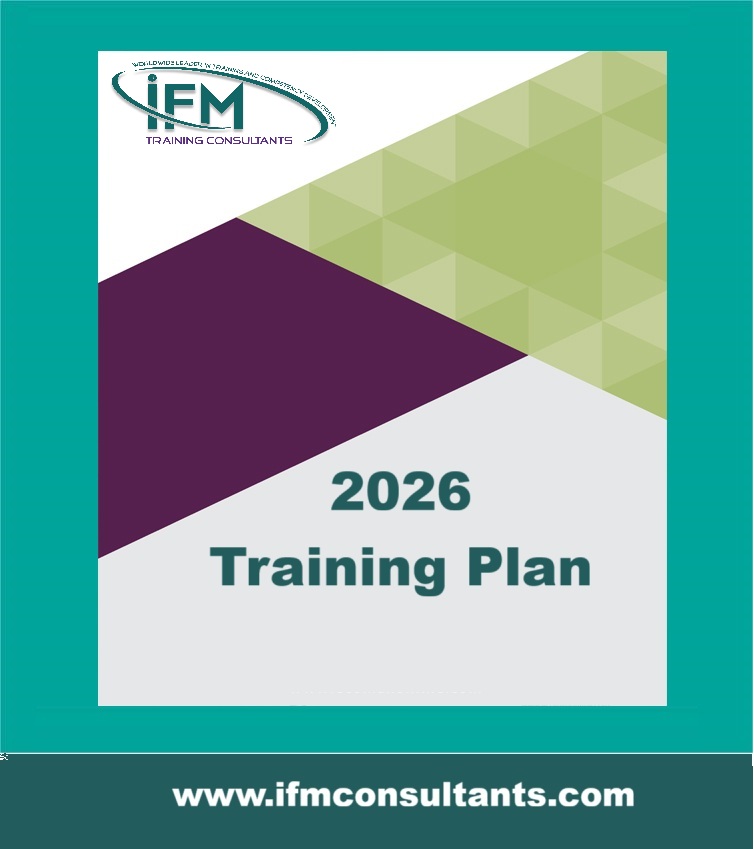Performance Analysis, Prediction, and Optimization Using NODAL Analysis
| Start Date | End Date | Venue | Fees (US $) | ||
|---|---|---|---|---|---|
| Performance Analysis, Prediction, and Optimization Using NODAL Analysis | 30 Nov 2025 | 04 Dec 2025 | Riyadh, KSA | $ 3,900 | Register |

Performance Analysis, Prediction, and Optimization Using NODAL Analysis
| Start Date | End Date | Venue | Fees (US $) | |
|---|---|---|---|---|
| Performance Analysis, Prediction, and Optimization Using NODAL Analysis | 30 Nov 2025 | 04 Dec 2025 | Riyadh, KSA | $ 3,900 |
Introduction
You obtain comprehensive coverage of the use of NODALÄ (or systems) analysis in the petroleum producing industry. Your new understanding allows you to fully appreciate how changes in one part of a production system affect the system as a whole, and hence, the field productivity. You work with field conditions and system profitability for increased bottom-line results. NODALÄ systems analysis has been sweeping the industry in the past few years. With it as a tool, you can achieve a much keener overview of the system, while increasing the predictability (and production) of each part of the system. This is a key tool for turning around the "Band-Aid" approach that has been prevalent for so long. This is the best tool currently available for improving production at the lowest cost. Don't miss it! This course goes further than others in the industry—the same techniques are applicable to ESP's, transient pressure tests, casing design, gravel packing and economics! Don't be satisfied with learning only about production and gas lift!
Objectives
-
Apply nodal analysis concepts viewing the total producing system as a whole from the reservoir rock through the completion, wellbore and gathering system, to the market while honoring system rate/pressure constraints
-
Avoid improper design where any one component, or a mismatch of components, adversely affects the performance of the entire system
-
Perform a system-wide analysis to increase well rates by identifying bottlenecks and design an efficient field-wide flow system, including wells, artificial lift, gathering lines, and manifolds
-
Use nodal analysis, together with reservoir simulation and analytical tools, for planning new field development
-
To introduce the basics of production optimization and accurately measure performance
How To:
Training Methodology
The program is delivered in a combination of lecture-style and computer-based training. In addition, a significant amount of time is set aside for small working group activity when addressing case study problems. Extensive use is made of case study material to underline the key aspects of the course and to give the delegates exposure to current best practice.
Who Should Attend?
Production, operations, and reservoir engineers; senior technicians and field supervisors with an engineering background.
Course Outline
- Nodal Analysis Overview
- Inflow Performance: Basics, well-test pros and cons, best models for all well types, IPR curves
- Completions: Modeling basics, flow patterns in gravel packs, pressure drop in perforations, gravel packs and wellbore, optimal perforation density
- Tubing Performance: Videos of flow patterns, flow dynamics, logging in horizontal wells, slugging and pressure changes in all completion types, friction drop in horizontal wells, unloading techniques and examples
- Flowlines: Pressure drop models, bottlenecks in a gathering network, line loops and jumpers, gathering systems
- Forecast: Field forecasts, economic optimization, evaluation of options
- Artificial Lift: Gas lift design, ESP and other methods basics
- Liquid in gas streams, what is a dry gas well, loaded wells, predicting temperatures

















